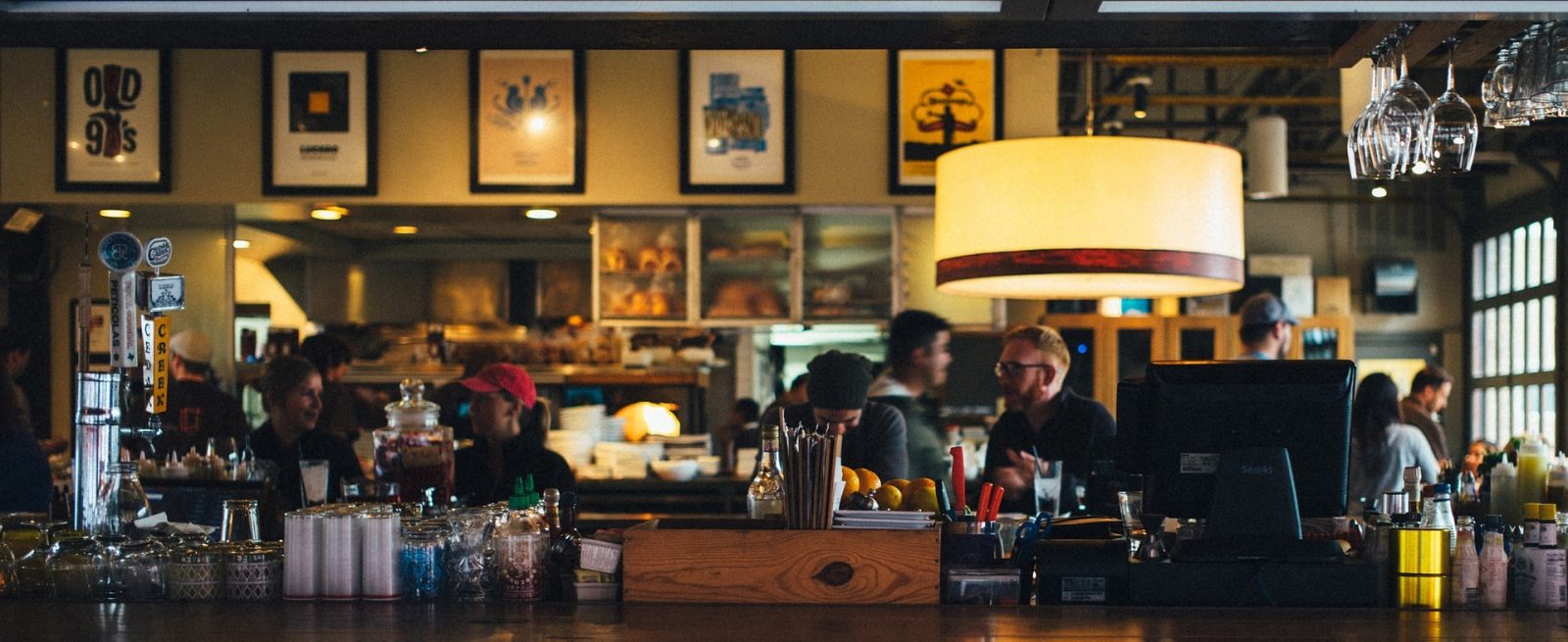Restaurant Profitability and Failure Rates: What You Need to Know
3 Min Read By Rory Crawford
Success in the restaurant industry isn’t easy.
The statistics aren’t pretty: 60 perrcent of restaurants don’t make it past their first year and 80 percent go out of business within five years. Despite the hurdles, many restaurant owners and operators believe that as long as they’re making money, they’re doing “good enough.”
The failure in this approach is that it doesn’t account for a universal truth—costs increase.
According to an IBISWorld report on single location full-service restaurants in the U.S., 67 percent of a restaurant’s costs go directly to wages and purchase expenses. Additionally, the average profit margin for a restaurant, after removing all other costs, is only 6.2 percent. With a profit margin this slim, insolvency is unfortunately never far away.
The biggest risk for the restaurant industry is rising wages and food costs. If you’re not constantly working to improve profitability and grow your revenue, the costs will take over. It’s imperative that you’re consistently and actively reducing costs to maintain your current level of success. How can you do this? Improving efficiencies.
More Restaurant Competition, Lower Menu Prices
Competition in the restaurant industry is at a recent high. Sales at casual, fine-dining and fast-casual restaurants will grow at a slightly faster clip this year, according to a forecast from Technomic. And sales at restaurants was expected to reach $825 billion in 2018, according to the National Restaurant Association, the ninth consecutive year of sales growth for the industry.
The biggest risk for the restaurant industry is rising wages and food costs.
It’s classic supply and demand economics—the greater the supply, the lower the prices. Competition amongst restaurants in the United States is both driving down menu prices and making it more difficult to increase them. And it’s not just competition from similar concepts. Limited service restaurants (including quick service and fast casual) are one of the fastest growing segments in the food service industry.
Restaurant Wages are Rising
Wages represent a significant portion of your operating costs—34.6 percent, according to IBISWorld—and you can expect that number to increase for a few reasons:
Our national unemployment rate is the lowest level in decades.
Minimum wage laws in 18 states and dozens of other cities and counties is increasing payroll costs
Thanks to the high turnover rate and a record low unemployment rate, it’s becoming harder and harder for restaurant owners to keep people without increasing payroll. If your restaurant is in one of the 18 states with new minimum wage laws, you may already be experiencing the crunch. All of these factors create incredible opportunities for those looking to work in the restaurant industry, but it’s not so great for your bottom line.
You’re Paying More for Ingredients
Did you know that 32.5 percent of your restaurants’ costs go towards purchasing the actual food and beverages? We all know how much these costs can fluctuate and how challenging it is to pass the difference on to the customers. Since August 2016, the food producer price index (PPI)—the change in food costs—accelerated by 7.7 percent according to the February 2018 Credit Suisse Equity Research Restaurant report. In addition, increasing consumer demand for healthier, organic, and local ingredients is putting greater pressure on restaurants than ever before. Those premium dairy produce, and protein costs add up quickly.
Reduce Costs to Increase Profits: Three Tips from Restaurant Owners
Based on what we now know about the changing restaurant cost landscape, let’s pretend for a moment.
If you’re not constantly working to improve profitability and grow your revenue, the costs will take over.
Assume your menu prices don’t change, food costs increase by three percent, and your wages increase by four percent. You’ll start the year with a 6.2 percent profit margin and end the year with only a 3.8 percent profit margin. The price of inaction will set you on a quick path to the “good enough” trap.
In working with thousands of restaurant owners and operators across the industry, I’ve found that the most successful restaurateurs are constantly improving their business and finding opportunities to reduce costs and increase profits. These operators not only stay in business, but go on to open new and successful locations. Here are three best practices I’ve learned from them that can help you avoid falling into the “good enough” trap:
- Hire great people and incorporate profitability bonuses into their compensation structure. Incentives like this will align everyone’s focus on your restaurant’s bottom line.
- Regularly check your ingredient costs, starting with your most-used kitchen and bar ingredients, and update your menu costing to maintain profitability.
- Constantly evaluate new software and service offerings that can save time, increase profitability, and increase efficiency. The most successful operators I work with are constantly looking for an edge and are therefore always evaluating new offerings that might help.
There’s no guarantee that your restaurant will survive and thrive. But if you adhere to all these ideas, you may have a better chance of succeeding.


